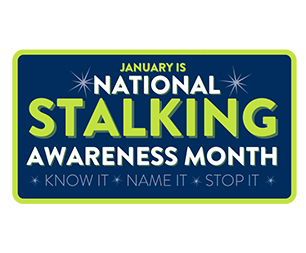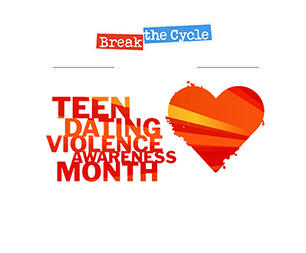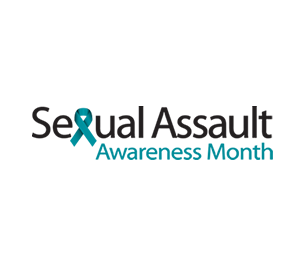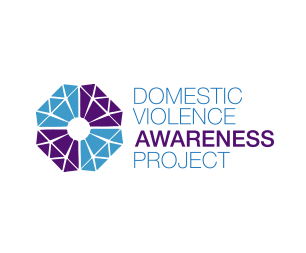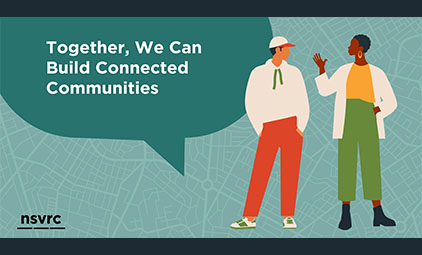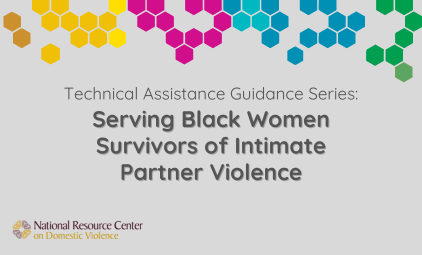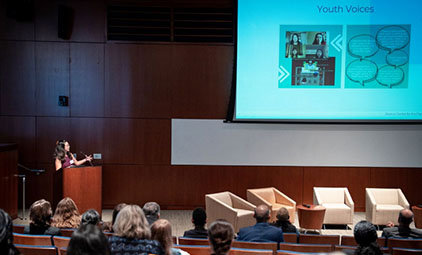![]() Pop quiz: You’re having a party, and your fridge is stuffed with canned drinks – Coke, Pepsi, Mountain Dew, Sprite, the works. You turn to your guests and ask, “Hey does anybody want a…
Pop quiz: You’re having a party, and your fridge is stuffed with canned drinks – Coke, Pepsi, Mountain Dew, Sprite, the works. You turn to your guests and ask, “Hey does anybody want a…
(a) Soda
(b) Pop
(c) Coke
(d) Other
If you grew up in the U.S., your answer probably reflects where you’re from.

What we call “Coke” may not be significant in the grand scheme of things, but this question does illustrate just how much language and culture are inextricably linked. The way we use language is connected to our hometowns, cultures and families; language isn’t just the way we communicate, but a direct reflection on the lens through which we view the world.
This becomes especially important when working with victims – and communities – on issues related to sexual and domestic violence. The way individuals view sexuality and intimate relationships is often deeply felt and culturally influenced, which raises a number of questions about message accessibility. For example, do your materials describe concepts in ways that community members easily understand and identify with? Do they acknowledge and incorporate the ways diverse communities respond to trauma? Are the images used in print and online representative of the communities you are trying to reach?
While there are no easy answers to these questions, there is some valuable guidance available for improving language access. These tips and documents provide some starting points to help in your journey of exploring the intersections between language and culture:
- Languages are complex. One of the realities of creating multilingual materials is that there is no one “universal” version of every language; people from different cultural and linguistic backgrounds will sometimes use different words, slang, and idioms to convey the same message. When developing materials, it is useful to know your audience and the language/words they will identify with. Consider working with culturally specific organizations in your community to help create a document that matches your service area’s needs.
- Culture always matters. Culture can impact survivors in a number of ways, from how they experience violence to how accessible your services seem to whether the perpetrator(s) accept responsibility (Futures Without Violence, 2005). Truly effective multilingual materials and services aren’t just direct translations but reflect the culture of the communities they serve. “Culture” in this context is wide-ranging and dynamic, as Sujata Warrier describes in Culture: What It Is, Who Owns It, Claims It, Changes It:
Often when we are invited to talk about who we are and what cultures we represent …we fail to look at the fact that cultures are not just stable patterns that are handed down from one generation to the other. When you look at and study different groups of people, what you see are ways in which these traditions actually shift and change under changing social and political landscapes. So when we talk about culture, we are not really talking about stable patterns. We are actually talking about ways in which our experience(s) shape our commonalities. For example, my Indian ethnicity is not the only thing that differentiates me and I include the way my religion does or does not shape me; the class that I come from; my age; my immigration status; if I am disabled or not; my sexual orientation, etc.”
The Culture Handbook from Futures Without Violence provides a good introduction to the intersection of culture and sexual/domestic violence. A previous TA question of the month also explores providing culturally relevant services to women of color. If you are looking for an example of cultural factors to consider, read the National Latin@ Network’s description of cultural factors in working with Latin@ victims of interpersonal violence (IPV).
- Find your allies. Reach out to local culturally relevant organizations or your state domestic violence/sexual assault coalition; partners could potentially help create or review materials or give you more information on what culturally relevant multilingual materials already exist.
- Beware of automated translations. It can be tempting to use services such as Google Translate to convert English texts to a multitude of languages. However, among other downsides, automatic translations fail to consider the diversity and complexity within individual languages, and they often contain errors that can confuse and alienate readers.
- Use best practices to hire a translator. If you are considering using translation for a publication, a good basic guide to the process of creating a translation (and hiring a translator) can be found through the American Translators Association. It is also important to understand that there is a difference – and what exactly that difference is – between a bilingual staff member and a qualified translator or interpreter (and the difference between “translation” and “interpretation,” for that matter).
- Make the materials accessible. When you produce materials in alternate languages, make sure people can access it easily. For example, make alternate language websites easy to find on the front page.
Interpretation is an art and a skill acquired through extensive education, training, and experience. It requires native-like fluency in both English and a foreign language; knowing the mechanics of interpretation; having training on a range of topics associated with the profession; possessing a technical vocabulary; and adhering to a code of ethics emphasizing accuracy, proficiency, confidentiality and neutrality. These skills go beyond being bilingual.” (Asian & Pacific Islander Institute on Domestic Violence, 2009)
These are just a few basic tips on creating materials in alternate languages. For more information or technical assistance, contact your and local culturally relevant organization, state domestic and/or sexual violence coalition, or Jill Laster, the Language Access Specialist at the National Sexual Violence Resource Center. Jill can support your efforts to find materials and connect with organizations on language access as a whole or related to individual languages. Another helpful resource for technical assistance, training and materials is the Interpretation Technical Assistance & Resource Center (ITARC) of the Asian & Pacific Islander Institute on Domestic Violence.
What actions have you or your agency taken to create and promote culturally and linguistically relevant materials in alternate languages? What advice would you share with others? Share your experience with us!










